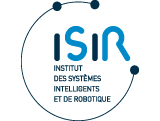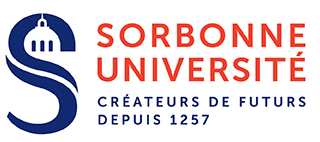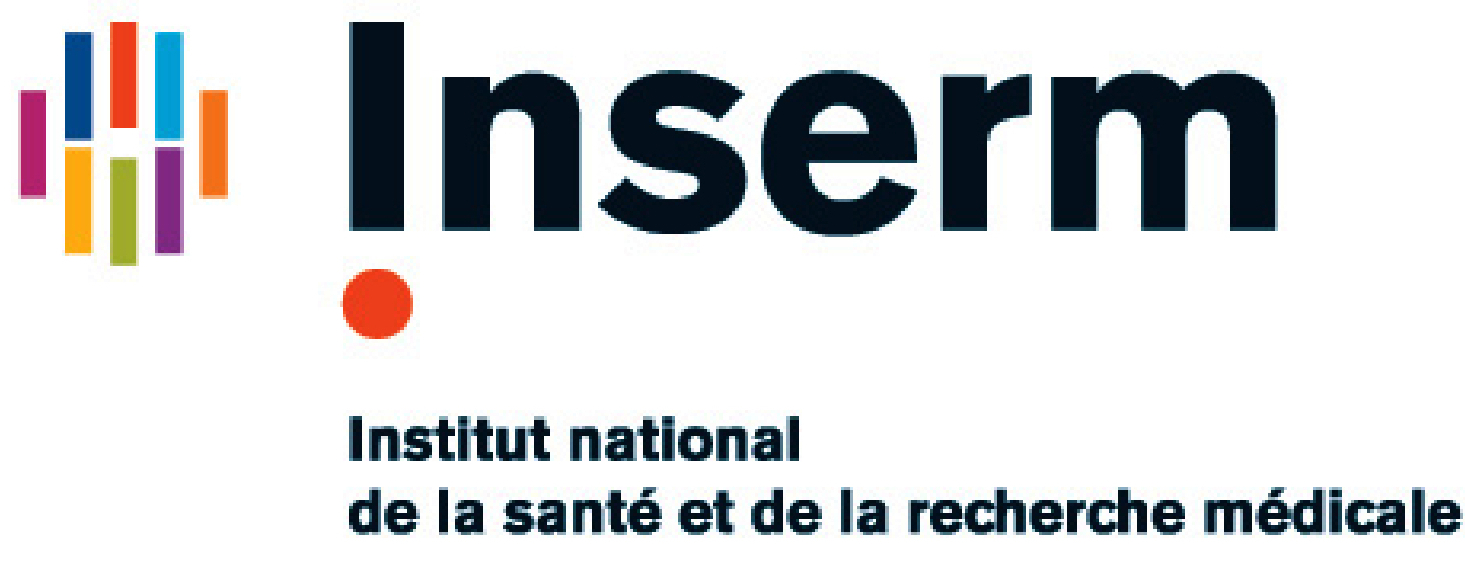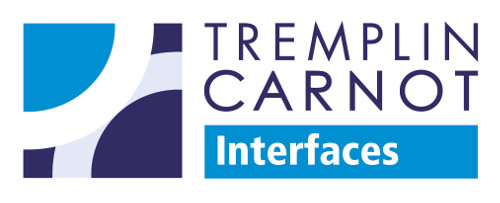A voir également
Short bio

Title : Other
No longer in the unit
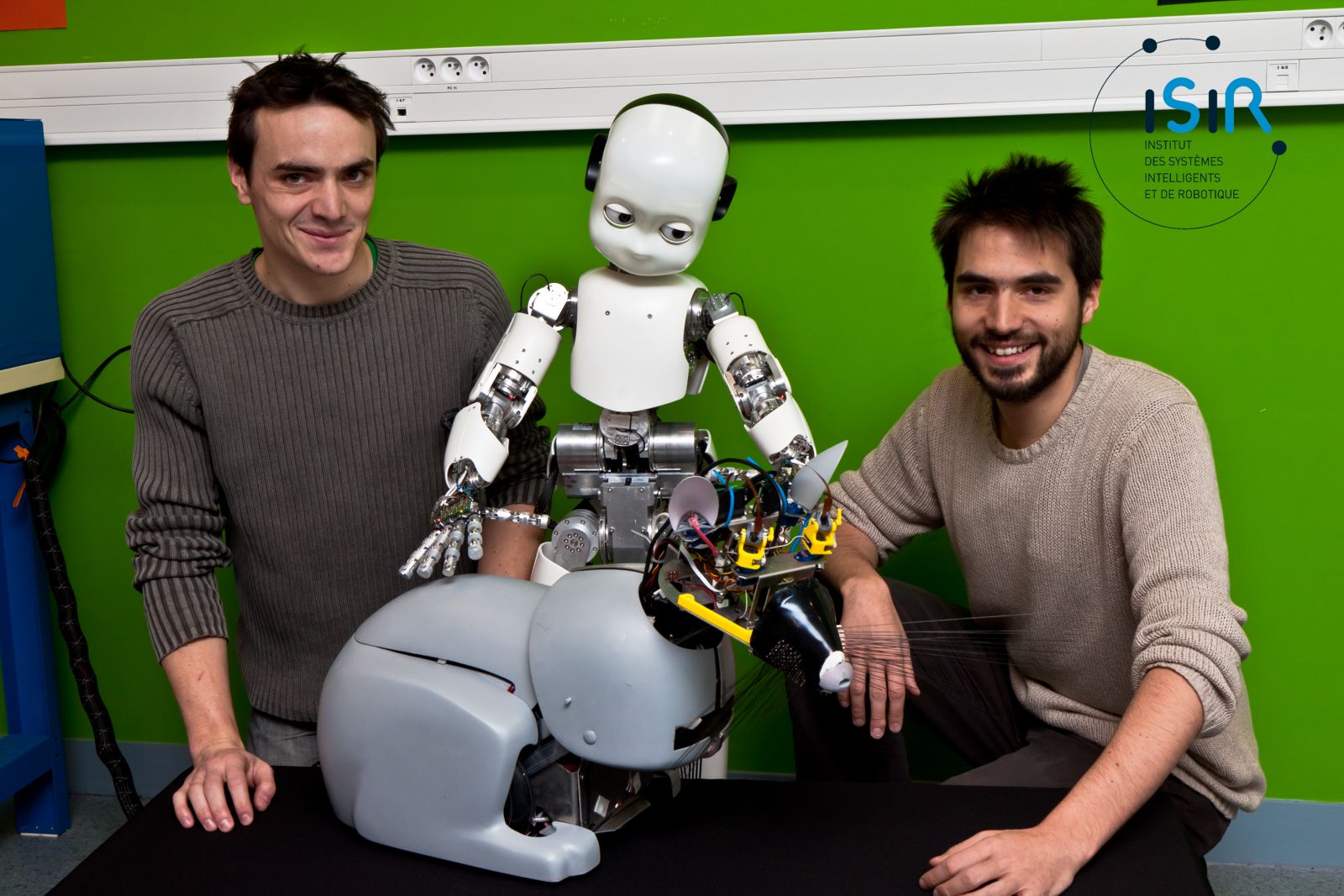
Biography
Camille Salaün was born in February 14, 1984 at Maisons-Laffitte (France).
Actually temporary assistant professor at the Pierre and Marie Curie University.
Research Activites
Thesis titled : "LEARNING MODELS TO CONTROL REDUNDANCY IN ROBOTICS" Defended the 30th August 2010.
Committee in charge
M. Bidaud, Professor at the Pierre and Marie Curie University, Examiner
M. Butz, Assistant professor at the University of Würzburg, Accreditation to Supervise Research, Referee
M. J.-Y. Fourquet, Professor at the National Engineering School of Tarbes, Referee
M. V. Padois, Assistant professor at the Pierre and Marie Curie University, Co-Adviser
M. O. Sigaud, Professor at the Pierre and Marie Curie University, Adviser
M. P. Souères, Research Director at the National Centre for Scientific Research, Examiner
Abstract
The context of this work is the emergence of service Robotics, where robots will need adaptive capabilities to interact with people in unforeseen circumstances. More precisely, this thesis is concerned with the design of adaptive model-based control methods for redundant systems in the case where kinematics and/or dynamics are not precisely known in advance or change along time.
We present an adaptive control approach combining model learning methods with the Resolved Motion Rate Control approach. The main justification of that framework lies in the necessity of combining several tasks, ranked by priority, controlling explicitly the redundancy of the robot. We learn the forward kinematic model of a system and use standard algebraic methods to extract pseudo-inverses and projectors from it. This combination endows the robot with the ability to achieve hierarchically organized tasks in parallel, using tasks null space projectors built upon the learnt models.
We illustrate the proposed method on several simulated systems, highlighting the fact that the internal mobility can be controlled with learnt models ensuring that the hierarchy is verified. We have also implemented our method on the icub humanoid robot, performing simple tasks such as dialing on a numeric keyboard or drawing a circle. The second part of our framework is concerned with the learning of inverse dynamics with state-of-the-art methods. Learning this model allows to stress the versatility of our approach to external perturbations and thus to unknown environment.
The experiments performed in the thesis illustrate the capability of the framework to deal with several hierarchically organized tasks as well as to adapt to external perturbations. They also reveal the limitations of the framework and of the learning algorithm we used in terms of scalability and speed of adaptation.
Finally, we derive some lines of research that should be investigated to go further, such as using vision sensors to learn models from exteroceptive data or dealing with systems endowed with artificial muscles to benefit from the compliance of such actuators.
This thesis tries to develop a framework in order to include adaptive capabilities in the control loop of future service robots in interaction with people in an unstructured and evolving environment.
keywords: machine learning, redundancy, inverse velocity kinematics, inverse dynamics, humanoid robotics, function approximation, adaptation, force compensation
This thesis was prepared in the Institut de Systèmes Intelligents et de Robotique dependent of the École Doctorale de Sciences Mécanique, Acoustique, Électronique et Robotique de Paris - 4, place Jussieu 75005 Paris France.
